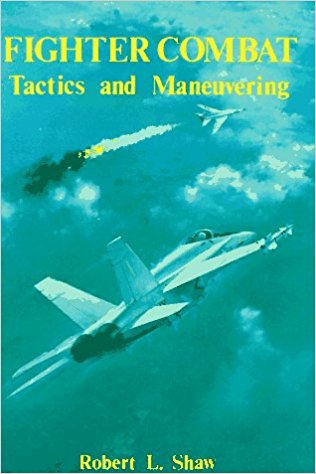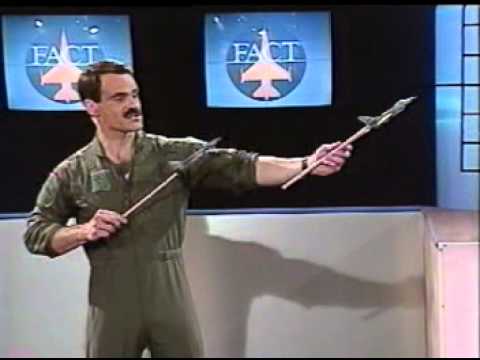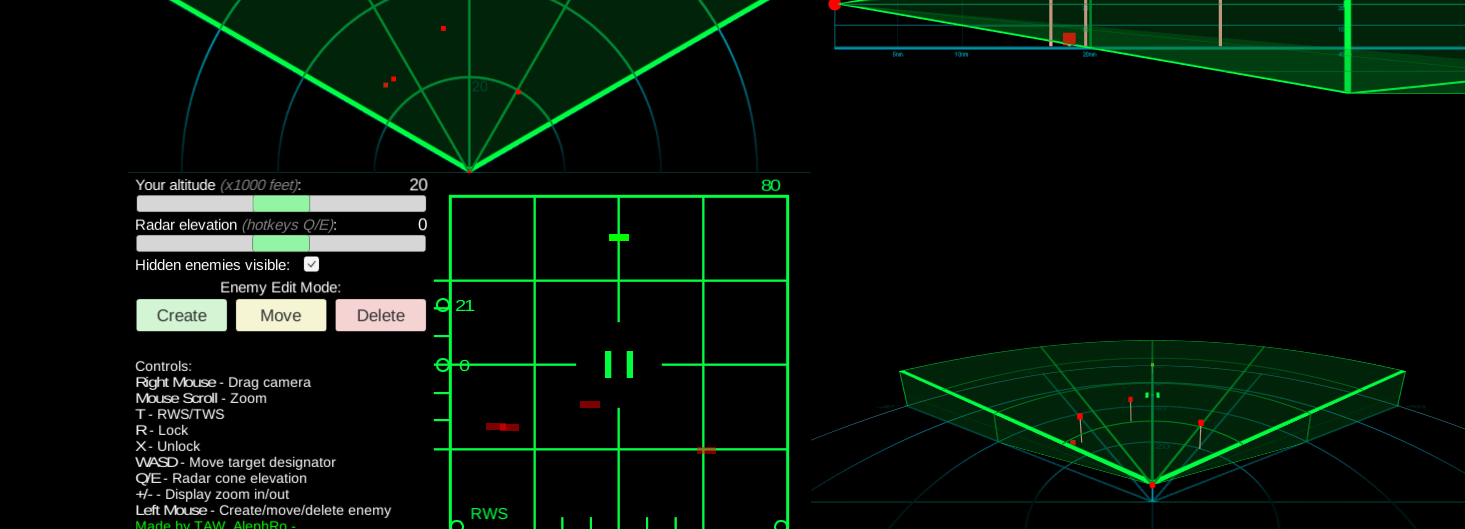Air-to-Air Combat
This page is dedicated to learn you the art of fighting against other aircraft, be it aircraft controlled by other human pilot or versus AI (computer controlled). Be wary that although most of this material can give you a good insight into how aerial combat is done, the most effective (and for some frustrating) way of learning is to try and fight others (be it AI or human). You might lose a number of times, but you will gain the experience from it. Practice makes perfect!
Contents
Basics
Perhaps the most important factor in every aspect of fighting against other aircraft (and even against ground based threats) is the notion of energy (fighting): the state of energy of a given aircraft can often make or break an engagement.
Energy is the sum total amount of power you can express at a given time (and you ideally want as much as possible at any time). Primarily the amount of energy or energy state is dependent on how you chose to fly your aircraft: if you make a hard 9G turn you will bleed a lot of energy, versus a 3G turn that keeps you in a pure pursuit that will only lose you a small amount of energy.
However, energy is also influenced by the state of many smaller factors:
- 1. Speed / velocity
- Perhaps the most basic of all energy factors, the amount of speed (velocity) an aircraft has is manipulated by the amount of thrust put out, or the amount of altitude traded in. Be wary that drag and weight are detrimental to speed, as they severely restrict your ability to obtain or maintain speed.
- 2. Altitude
- Altitude can be easily overlooked as a given thing, but it is in actuality one of the factors you will largely be manipulating (subconsciously) during aerial combat. This is because you are often trading in velocity for altitude and vice versa.
- 3. Drag
- The amount of drag is how much air resistance an aircraft encounters (similar to sticking your hand outside the window of a moving car). Typically drag is encountered due to the stores carried on the aircraft or things such as flaps, air brakes being deployed, as aircraft designers make their aircraft as aerodynamic (almost no drag) as possible.
- 4. Fuel
- An aircraft needs fuel to fly, so you might be keen to take as much of it as possible. A lot of fuel will however equate to a lot of extra weight on the aircraft, so you are either not going to turn as quickly or lose a lot of speed (energy) whilst making that turn. You could use that fuel to obtain extra speed (light those afterburners!) during a fight though.
- 5. Weight
- Typically weight is one of the most influential factors on the energy state, as altering the weight also has an effect on other factors (ie thrust to weight ratio). You can jettison your fuel tanks or weapons to shed weight, but be mindful of the fact you may need them later.
- 6.
- 7. Miscellaneous
What is important to note here is that many of these factors share a relationship (be it positive or negative): if you have a lot of fuel (and thus weight), you can trade this in for speed by applying more power to your engines. Subsequently you can trade in that speed for more altitude. Equally, if you have too much weight on your aircraft you could opt to jettison a number of stores to lighten the load of your aircraft.
As you can see energy fighting is a ballet of precisely weighing the effect of one of these factors against others, and trying to obtain the best combination of all of them will dramatically increase your chances against other aircraft. For example, dumping extra weight in the form of fuel and weaponry is going to significantly increase your thrust to weight ratio, making your aircraft turn harder, fly faster and loose less energy doing so (you might however end up needing those missiles you just jettison'ed).
Beyond Visual Range
Within Visual Range
Dog Fighting
Basic Fighter Maneuvers (BFM)
Basic
Combat Spread / Formation
Defensive Split
Sandwich
Break
Barrel Roll Attack
High-side Gun Pass
Immelman
Split-S
Pitchback
Wingover
Chandelle
Thach Weave
Complex
High Yo-Yo
Low Yo-Yo
Lag Displacement Roll
Pugachev Cobra
Cobra Turn
Kulbit
Herbst Maneuvre
Unloaded extension
Guns Defense
Defensive Spiral
Further Reading Material
Books/PDF
Fighter Combat: Tactics and Maneuvering - 80's era book on BFM/BVR combat, placing it in the perfect timeframe for applicability to DCS World fights.Ktulu2's BVR Guide - F-15C centric, but many of the concepts work across all aircraft.
Videos
The Art of the Kill - Classic Falcon Era video explaining the basic concepts of close range air-to-air combat.



